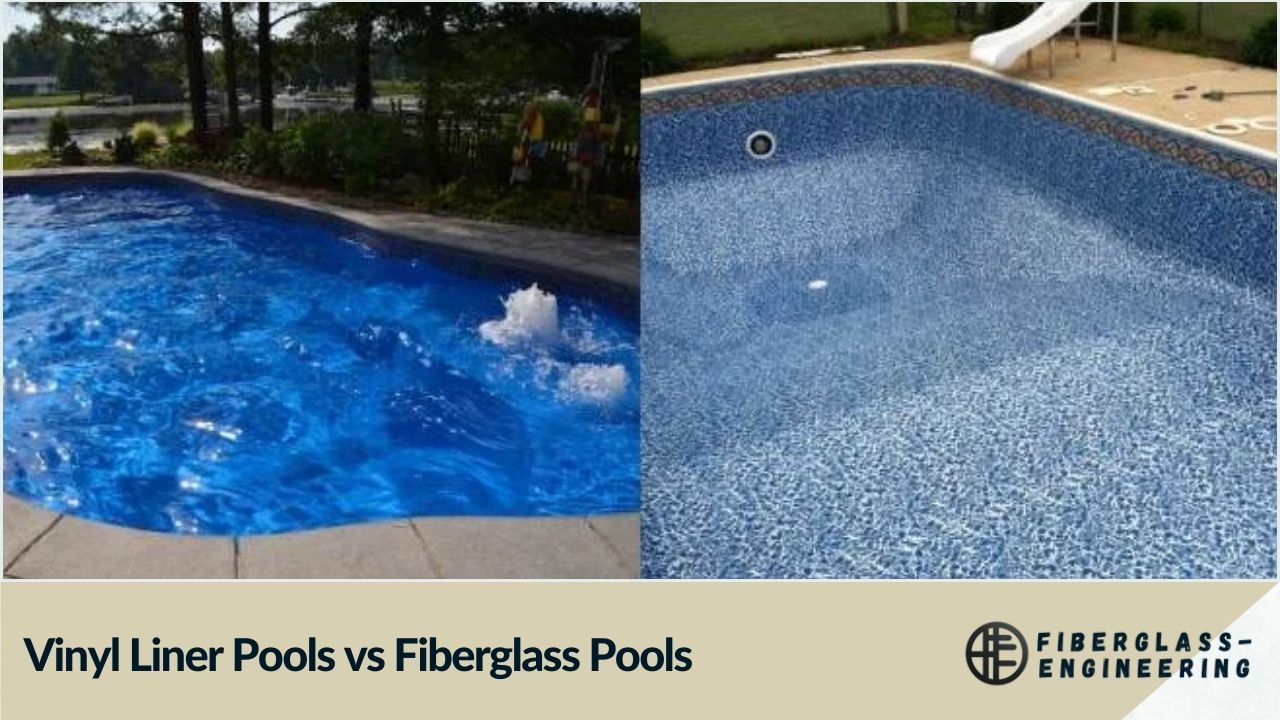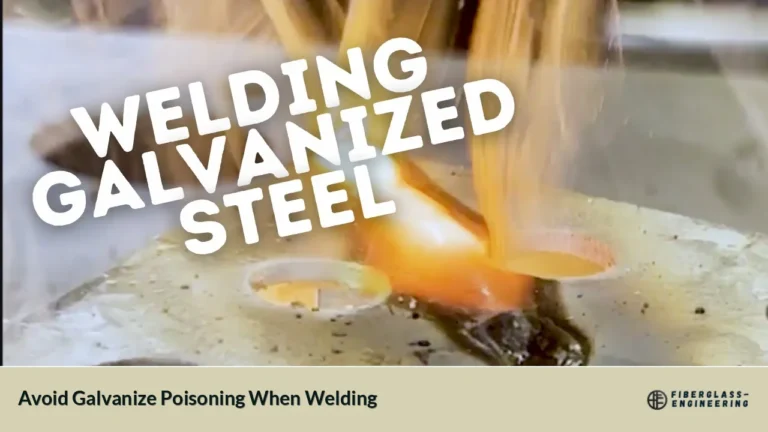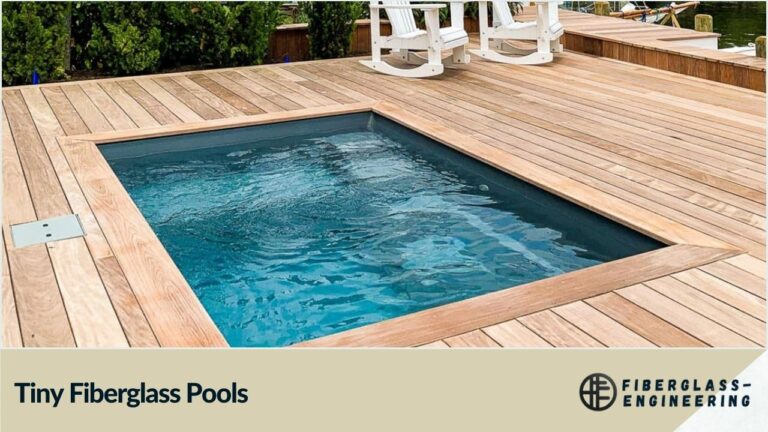When it comes to installing a pool in your backyard, two popular options often come to the forefront: vinyl liner pools and fiberglass pools. Both have their unique advantages and drawbacks, and choosing between them can significantly impact your swimming experience, maintenance routine, and long-term costs. This comprehensive guide will help you navigate the key differences between vinyl liner pools and fiberglass pools, enabling you to make an informed decision for your backyard oasis.
Initial Costs and Installation
One of the most significant factors in pool selection is the upfront cost. Vinyl liner pools generally have a lower initial price tag compared to fiberglass pools. The cost difference can be substantial, with vinyl liner pools often being 25-35% less expensive at the outset. This makes them an attractive option for homeowners working with a tighter budget or those who want to maximize their pool size within a given price range.
However, it's crucial to consider the long-term costs associated with each type of pool. While vinyl liner pools may be cheaper initially, they often require more maintenance and periodic liner replacements, which can add up over time.
Fiberglass pools, on the other hand, have a higher upfront cost due to the materials used and the manufacturing process. The pool shell is created in a factory and then transported to your property, which can increase the overall expense. However, these pools often prove to be more cost-effective in the long run due to their durability and lower maintenance requirements.
Design Flexibility and Customization
When it comes to design options, vinyl liner pools offer more flexibility. These pools can be customized to virtually any shape or size, allowing homeowners to create unique designs that perfectly fit their backyard space and personal preferences. Vinyl liners come in a wide array of patterns and colors, giving you the freedom to choose a look that complements your outdoor aesthetic.
Fiberglass pools, while offering a range of pre-designed shapes and sizes, are more limited in terms of customization. The pool shell is manufactured off-site and transported as a single unit, which restricts the maximum size and shape options available. However, modern fiberglass pool designs have come a long way, offering various attractive options that can suit most backyard layouts.
Durability and Longevity
Fiberglass pools have a significant edge when it comes to durability. The gel coat surface of a fiberglass pool is incredibly strong and resistant to damage. These pools can last for decades with proper maintenance, and they're less likely to develop cracks or leaks over time.
Vinyl liner pools, while durable in their own right, have a shorter lifespan when it comes to the liner itself. Vinyl liners typically need to be replaced every 5-9 years, depending on factors such as water chemistry, usage, and exposure to the elements. This replacement process can be costly and time-consuming, requiring the pool to be drained and refilled.
Maintenance and Upkeep
Maintenance is a crucial factor to consider when choosing between vinyl liner and fiberglass pools. Fiberglass pools generally require less maintenance due to their non-porous surface, which resists algae growth and chemical absorption. This means you'll likely spend less time and money on chemicals and cleaning.
Vinyl liner pools, while relatively easy to maintain, may require more attention to water chemistry and regular cleaning to prevent algae growth and staining. The smooth surface of the liner can make it easier to clean, but it's also more susceptible to punctures and tears from sharp objects.
Water Chemistry and Chemical Usage
Both vinyl liner and fiberglass pools have advantages when it comes to water chemistry. The non-porous nature of both surfaces means they don't absorb chemicals as readily as concrete pools, which can help maintain more stable water chemistry.
However, fiberglass pools often have a slight edge in this area. The gel coat surface of fiberglass pools is highly resistant to chemical imbalances, which can lead to lower chemical usage over time. This not only saves money but also creates a more comfortable swimming environment.
Vinyl liner pools, while also resistant to chemical absorption, may be more sensitive to extreme pH levels or chlorine concentrations, which can cause the liner to fade, wrinkle, or deteriorate more quickly.
Installation Time and Process
If you're looking to have your pool installed quickly, fiberglass pools have a clear advantage. The installation process for a fiberglass pool can often be completed in as little as 1-2 weeks. The pre-manufactured shell is simply lowered into the excavated hole, leveled, and then the surrounding area is backfilled and finished.
Vinyl liner pools typically take longer to install, usually 3-6 weeks. This is because the pool structure needs to be built on-site, including the installation of wall panels, floor preparation, and finally, the fitting of the vinyl liner.
Resale Value and Home Value Impact
When considering the long-term impact on your property value, fiberglass pools generally have an edge. Their durability, lower maintenance requirements, and attractive appearance can be selling points for potential home buyers.
Vinyl liner pools, while still adding value to a home, may not have quite the same impact. The knowledge that the liner will need periodic replacement can be a consideration for some buyers.
Comfort and Swimming Experience

Both pool types offer a comfortable swimming experience, but there are some differences to consider. Fiberglass pools have a smooth, non-abrasive surface that's gentle on feet and swimsuits. The gel coat finish can also be designed with a slight texture to provide better traction in shallow areas.
Vinyl liner pools also have a smooth surface, which many swimmers find comfortable. However, the liner can become slippery when wet, and some people find the feeling of the liner underfoot less appealing than the solid surface of a fiberglass pool.
Environmental Considerations
In terms of environmental impact, fiberglass pools have some advantages. Their lower chemical requirements and energy efficiency (due to better heat retention) can make them a more eco-friendly choice. Additionally, the longevity of fiberglass pools means less waste over time compared to the periodic replacement of vinyl liners.
Vinyl liner pools, while not as long-lasting, can still be an environmentally conscious choice if properly maintained. The liner material is typically recyclable when it's time for replacement.
In conclusion, both vinyl liner pools and fiberglass pools offer unique benefits and potential drawbacks. Your choice will depend on factors such as your budget, desired customization, maintenance preferences, and long-term plans for your property. By carefully considering these aspects, you can select the pool type that best suits your needs and provides years of enjoyment in your backyard oasis.
FAQs
- Which pool type is more cost-effective in the long run?
Fiberglass pools typically have lower long-term costs due to durability and reduced maintenance needs. - How often do vinyl liners need replacement?
Vinyl liners usually require replacement every 5-9 years, depending on care and usage. - Can fiberglass pools be customized like vinyl liner pools?
Fiberglass pools offer less customization, with pre-designed shapes and sizes, while vinyl liner pools allow more design flexibility. - Which pool type is easier to maintain?
Fiberglass pools generally require less maintenance due to their non-porous surface and resistance to algae growth. - Do fiberglass pools add more value to a home than vinyl liner pools?
Fiberglass pools often add more value due to their durability and lower maintenance requirements.







